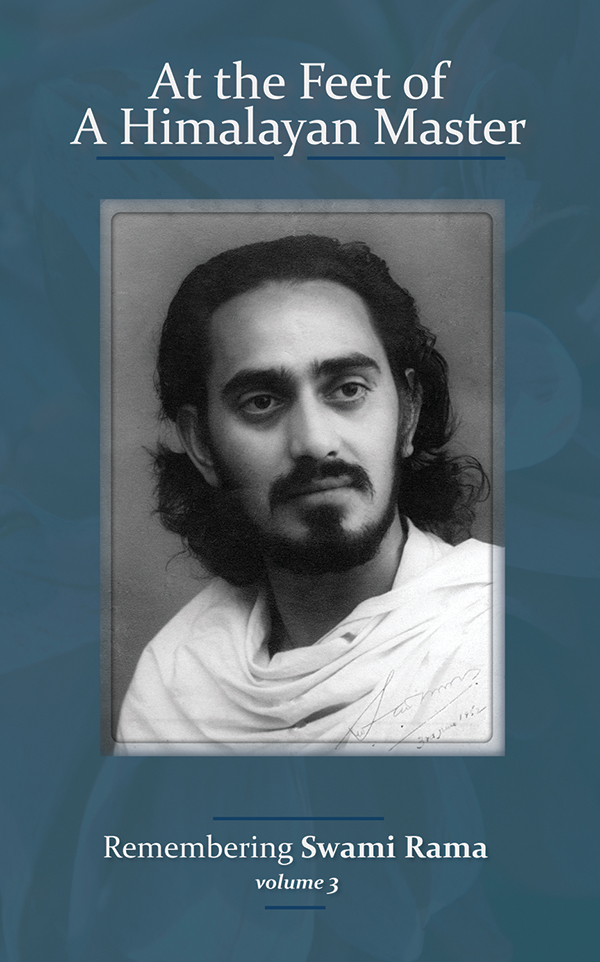Foreword
The word ‘great’ is cognate to ‘guru,’ both derived from the same original verb root. So also the words ‘gravity’ and gravitation.’ All those who are
initiated into any genuine tradition gravitate towards the great guru.
The greatness of the Guru is in that he, like a mother, gestates us in the womb of his knowledge. The first guru, hiranyagarbha, is the Golden Womb of the universe in that all knowledge dwells in that cosmic womb.
When the Guru takes our foetus-like, undeveloped consciousness, and keeps it in the spacious womb of his own consciousness, thereby we become
his offspring.
This relationship in the Tradition is the most sacred. We may pay our debt to our physical parents by honoring and serving them. From the Guru, there is no such expectation because the value of knowledge can never be assessed.
The purpose of this knowledge in the spiritual traditions is simply moksha, liberation. Further, the purpose of passing on the knowledge is for the
compassion towards all living beings, to liberate them from their suffering, to provide them with a boat to cross the rivers of sorrow.
Every time we recite the ‘tryambakam’ mantra, the central prayer in that mantra is a single word MUKSHEEYA, “May I be liberated.” This should be our aspiration and longing day and night, muksheeya!
When we have such aspiration, the Guru himself will gravitate towards us and draw us into the field of his gravity pull. He will keep us there until our wish
‘muksheeya’ has been fulfilled.
Those who are writing for the series At the Feet of a Himalayan Master were either all longing for this spiritual liberation or they were led by the Master,
Swami Rama of the Himalayas, to cultivate that longing and make it their long term goal.
This third volume will perform another one of the services that also the previous two volumes have performed. Those who do not understand the Master often have questions about the Master’s meanings
and motives and the puzzling ‘koans’ that he often presented to the disciples to resolve the riddles and contradictions of mind and life. The reader will find ample inspiring episodes of these riddles and
resolutions remembered by the writers in these volumes.
The volumes need to be read not just as interesting stories about a great man, the likes of whom are born once in many a century, but as inspirations and guidance for life. These should also be read as
guidance on the path of liberation.
This valuable work undertaken by the Swami Rama Centre at Himalayan Institute Hospital Trust by Kamal Didi and Dr. Prakash Keshaviah will guide many generations to come on the paths hallowed by the Himalayan masters. These volumes will indeed make us gravitate towards the greatness of the
universal Guru Spirit that incarnates in our midst to guide us.
Swami Veda Bharati, Guru Purnima, 3 July 2012

